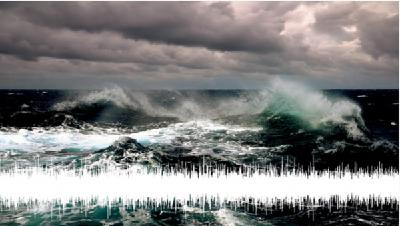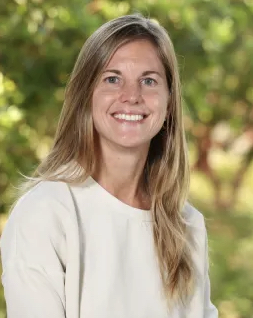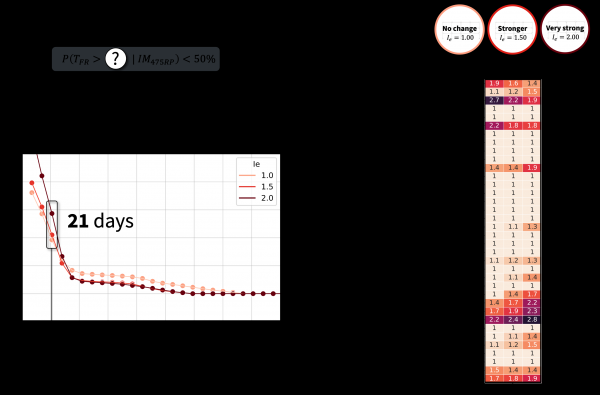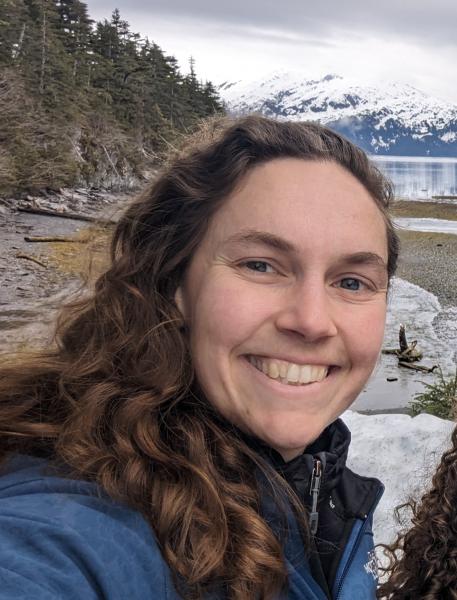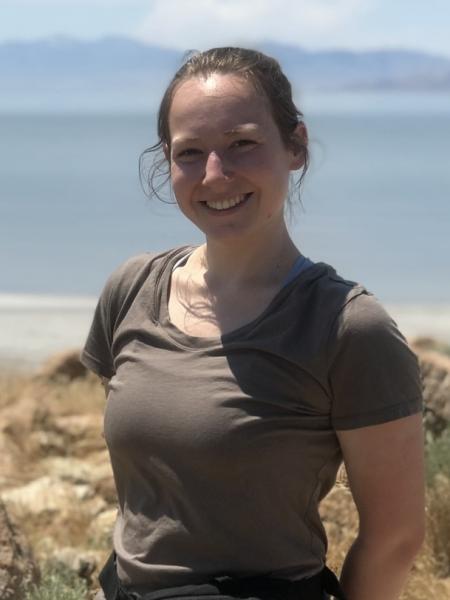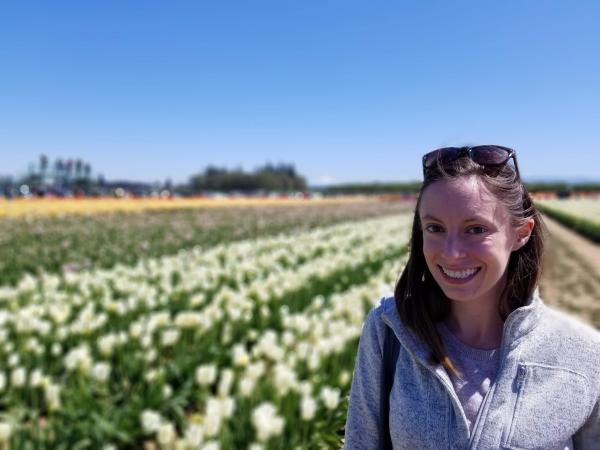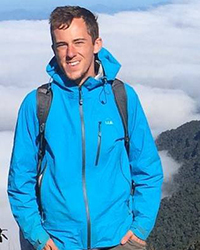Improving Subduction Zone Hazards Assessments Using the Coastal Stratigraphic Record
Description
Tina Dura, Virgina Tech
Climate-driven sea-level rise is increasing flood risks worldwide, but sudden land subsidence from great (>M8) earthquakes remains an overlooked factor. Along the Washington, Oregon, and northern California coasts, the next Cascadia subduction zone (CSZ) earthquake could cause 0.5-2 m of rapid subsidence, dramatically expanding floodplains and exposing communities to heightened flooding hazards.
This talk explores the coastal geologic methods used to estimate coseismic subsidence along the CSZ, and then quantifies potential floodplain expansion across 24 Cascadia estuaries under low (~0.5 m), medium (~1 m), and high (~2 m) earthquake-driven subsidence scenarios—both today and by 2100, when compounded by climate-driven sea-level rise. We will also explore the implications for residents, infrastructure, and decision-makers preparing for the intersection of seismic and climate hazards.



